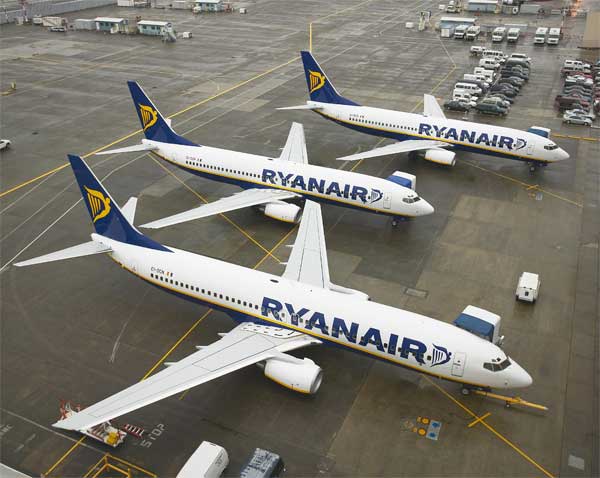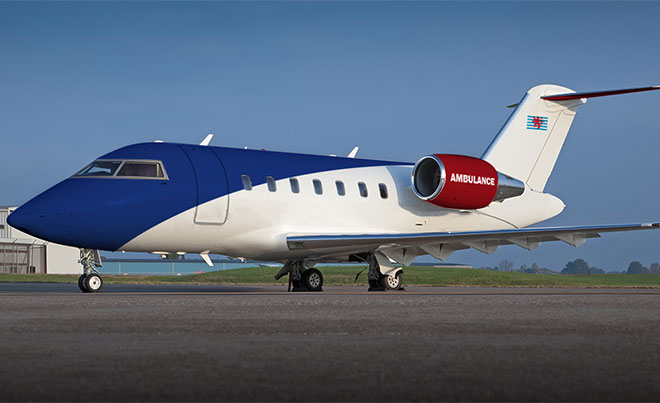
The European travel market has witnessed a significant transformation over the last two decades, largely due to the emergence and growth of ultra low-cost carriers (ULCCs). These airlines have democratized air travel by offering extremely low fares, making flying accessible to the masses. Today, they not only compete with traditional carriers but also dominate several travel routes across Europe. This article delves into the rise of ULCCs in Europe, examining their business models, the competitive landscape, the challenges they face, and their impact on the broader aviation industry.
The Business Model of ULCCs
Ultra low-cost carriers operate on a business model that focuses on minimizing operating costs and passing these savings onto travelers in the form of low fares. Key strategies include using single-model fleets to reduce maintenance costs, flying to secondary airports with lower landing fees, and maximizing the utilization of aircraft with quick turnaround times between flights. Moreover, these airlines typically charge for ancillary services such as luggage, seat selection, and even onboard refreshments, which has proven to be a lucrative revenue stream.

Pioneers and Major Players in European Market
Ryanair and easyJet are among the pioneers and most successful ULCCs in Europe. Ryanair, in particular, is known for its aggressive cost-cutting strategies and extensive network across the continent. It operates more than 1,800 flights per day from 77 bases, connecting over 200 destinations in 40 countries. EasyJet, while also focusing on low fares, tends to operate more primary routes and offers some services that are typically associated with traditional carriers, such as allocated seating and higher baggage allowances.
Wizz Air, another significant player, focuses on Central and Eastern Europe but has been expanding westward and increasing its presence in markets like the UK and Italy. Norwegian Air Shuttle, which attempted to combine low-cost operations with long-haul flights, faced financial difficulties and had to cut back its long-haul operations, demonstrating the challenges of extending the low-cost model beyond short-haul routes.
Competitive Landscape
The rise of ULCCs has forced traditional airlines to rethink their strategies. Legacy carriers such as Lufthansa, British Airways, and Air France-KLM have introduced their own low-cost subsidiaries or brands, like Eurowings, Level, and Transavia, to compete directly with ULCCs on price-sensitive routes. The competition has led to price wars, frequent sales, and, ultimately, more choices for consumers.

Challenges Facing ULCCs
Despite their success, ULCCs face several challenges. The volatility of fuel prices remains a significant risk, as low-cost carriers often do not hedge fuel as extensively as their full-service counterparts. Regulatory changes, such as environmental taxes and noise restrictions, also pose potential threats to their low-cost operational model.
Labor relations are another challenge. The pressure to keep costs down has sometimes resulted in tense relationships with pilots and other staff, leading to strikes and disruptions, as seen in the case of Ryanair in recent years. Moreover, the COVID-19 pandemic has severely impacted the travel industry, forcing many low-cost carriers to ground aircraft, lay off employees, and rethink their strategies in light of fluctuating demand and changing travel restrictions.

Impact on Tourism and Economy in European Travel Market
ULCCs have had a profound impact on tourism in Europe. By making travel affordable, more Europeans can fly more often, boosting tourism not only in major cities but also in smaller towns and regions that were previously less accessible. This has helped to distribute tourism benefits more widely across the continent. Additionally, these carriers have been crucial in promoting intra-European mobility, supporting the EU’s agenda of fostering closer economic and cultural ties between member states.
Future Trends in Ultra Low Cost Carrier Services
The future of ULCCs in Europe appears robust but will require adaptation to evolving market conditions and consumer expectations. Sustainability concerns are becoming increasingly important, and future regulatory measures aimed at reducing carbon emissions will challenge ULCCs to maintain their low-cost advantages while embracing greener technologies.
Moreover, the digital transformation of the travel industry could see ULCCs leveraging technology to enhance customer experiences and improve operational efficiency. From dynamic pricing models to improved customer service platforms, embracing innovation will be key to their continued success.
Ultra low-cost airlines have revolutionized air travel in Europe, creating a vibrant and competitive market that benefits consumers. While challenges remain, particularly in terms of sustainability and labor relations, these carriers continue to play a pivotal role in shaping the future of aviation in the region. As they navigate the complexities of the industry, their ability to adapt and innovate will determine their trajectory in the coming years. As the skies open up and travel restrictions ease, the role of ULCCs in facilitating affordable and accessible air travel will undoubtedly continue to grow, making them an integral part of the European air travel landscape.
The post Ulta Low Cost Airlines reshaping European travel and tourism economy appeared first on Travel And Tour World.
Source link
